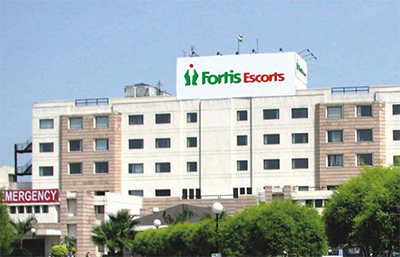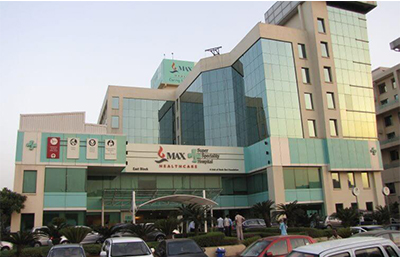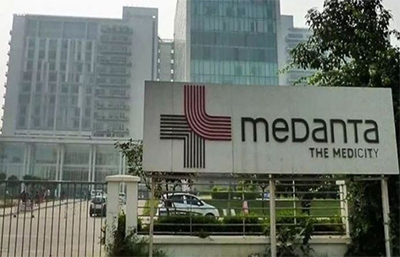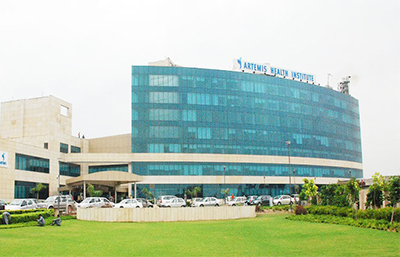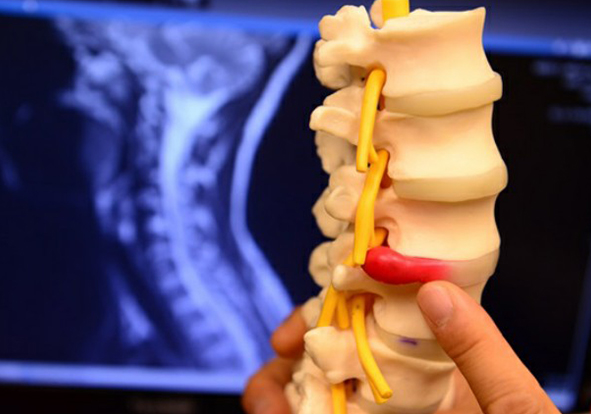Our spine has a disc in between two vertebras, whose job is to provide a cushion for the two bones when in movement. Essentially, it acts as a shock absorber of a car brake, and help in smooth movement of the bones.
If any of the spinal disks breaks, or in medical term, herniates; then the bony material may protrude out and put pressure in the spinal nerve, often detectable as shooting pain in the limbs, or as having problems in maintaining positional balance. The minimally invasive way of surgically correcting the painful effects of the spinal disk rupture is known as Microdiscectomy. It is one of the most minimally invasive ways of fixing a vertebral structural fault.
Reason for performing the procedure
The pressure upon the spinal nerves given by the ruptured disk of the spinal vertebra is manifested as severe pain in the limbs and issue of balance upon standing or moving. The surgical procedure of microdiscectomy will be used by your neurologist to correct the following anomaly caused by the rupture of the vertebral disk;
- A portion of your intervertebral disc has broken away from the spinal vertebra and is causing pressure on the spinal cord or the nerves in the spine.
- The disc may have its structure intact, but it may have grown asymmetrically and putting force on the spinal nerves or the vertebral neurons.
Both of these conditions will cause severe pain and extreme injury to the spinal nerves. Therefore, it is best to undergo a surgical procedure to get a long-term solution.
Causes
Usually, the causative factors of a herniated spinal disk are the reason why the patient may need microdiscectomy for the remediation. The causes for having a discectomy can be surmised as;
- Loss of water content: The spinal disk can loser its inherent water due to age or other factors. This causes them to become weak and get bruised even at a minor twisting movement.
- The strain on back muscles: Lifting heavy objects using the muscles of the back, rather than the leg or arm, can cause the spinal disk to herniate. Another reason for the breaking and leakage of the disk may be a twisting or turning motion while picking up heavyweight items.
- Extra Weight: Patients suffering obesity or having more weight than usual shall have a greater probability of suffering from a herniated disk than a person with normal weight.
- Occupational hazards: usually, people with jobs that require intense physical labor have more chance of developing a herniated disk than other people. Actually, any work with repetitive motions of twisting, turning, bending, lifting or exertions will have an increased chance of development of a disk rupture
- Genetic predisposition: In some cases, it has been seen that the condition of a herniated spinal disk is more in the case of some patients. In fact, this condition can be observed in their family history
Symptoms
The symptoms of spinal problems that require discectomy to correct it may not be specific for a herniated disc. The different symptoms that can make the surgeon consider a microdiscectomy for the patient can be listed as;
- Loss of control over bowel and bladder movement.
- Severe and extreme pain in the legs and arms.
- Tingling feeling that can accelerate to severe agony in chests and buttocks.
- No change of the agonizing pain even after conservative treatments up to 6 to 12 weeks.
- Radiating pain over various regions of the body.
- Inability to lift heavy objects.
- Shooting pain in the neck when coughing or sneezing occurs
Risk Factors
Microdiscectomy involves the invasion of the vertebral column so some dangers are present. Some of the risks may include
- Injury to nerves or blood vessels
- Infection
- Re-herniation of the discs.
- Swelling and redness
- Leakage of spinal cord fluid
Treatment
Before the treatment:
The hospital workers will verifyyour case history, any narcotic use, previous medical accounts, any allergies,etc. Then they will look for any problems in your pulse or blood pressure. Many images of your spinal column will be taken before the process.
Before the operation, you will be given numbing agents at the position of the slit or will be made fully senseless according to the type of surgery preferred by the physician. Any private items like jewelry, piercings, dentures, contact lenses will have to be taken outfor the period of the surgery.Any hair may be shaved from the site of operation. The surgical team may give you antibiotics and pain-relievers to counteract the pain.
During the surgery:
- You will be placed in an operating table with the ribcage facing down.
- The part where the incision is made will have body hair shaved off.
- You will be given anesthesia locally or will be made fully unconscious.
- The surgeon will insert a tube with a camera inside the slit.
- With image guidance, he or she will detect the herniated disc.
- Using specialized instruments, the surgeon may remove the offending part or may remove the old disc.
- If the need arises, spinal fusion surgery may be performed to maintain the structure of the vertebral column.
The surgical openings are patched up.
